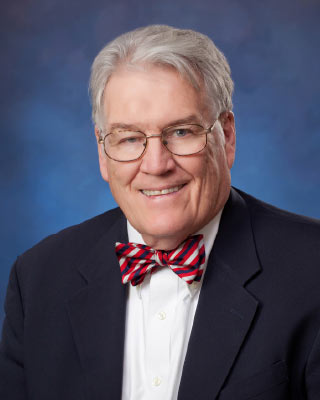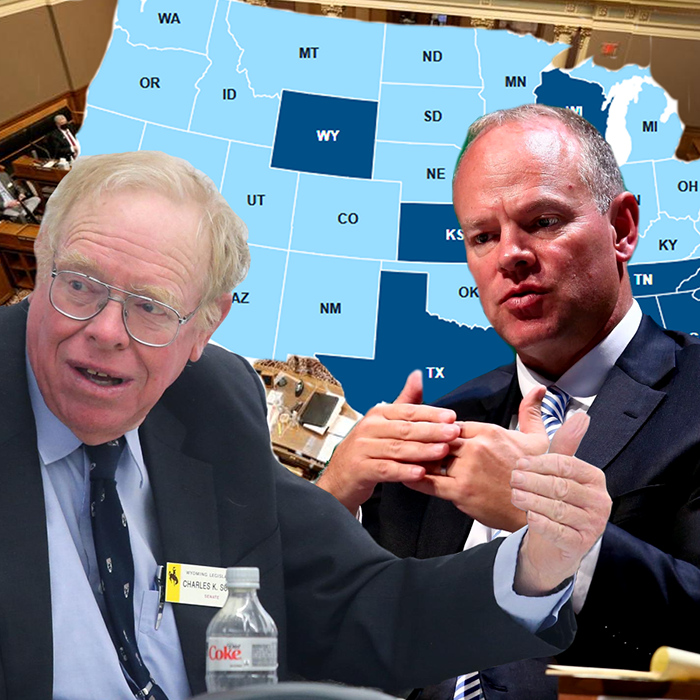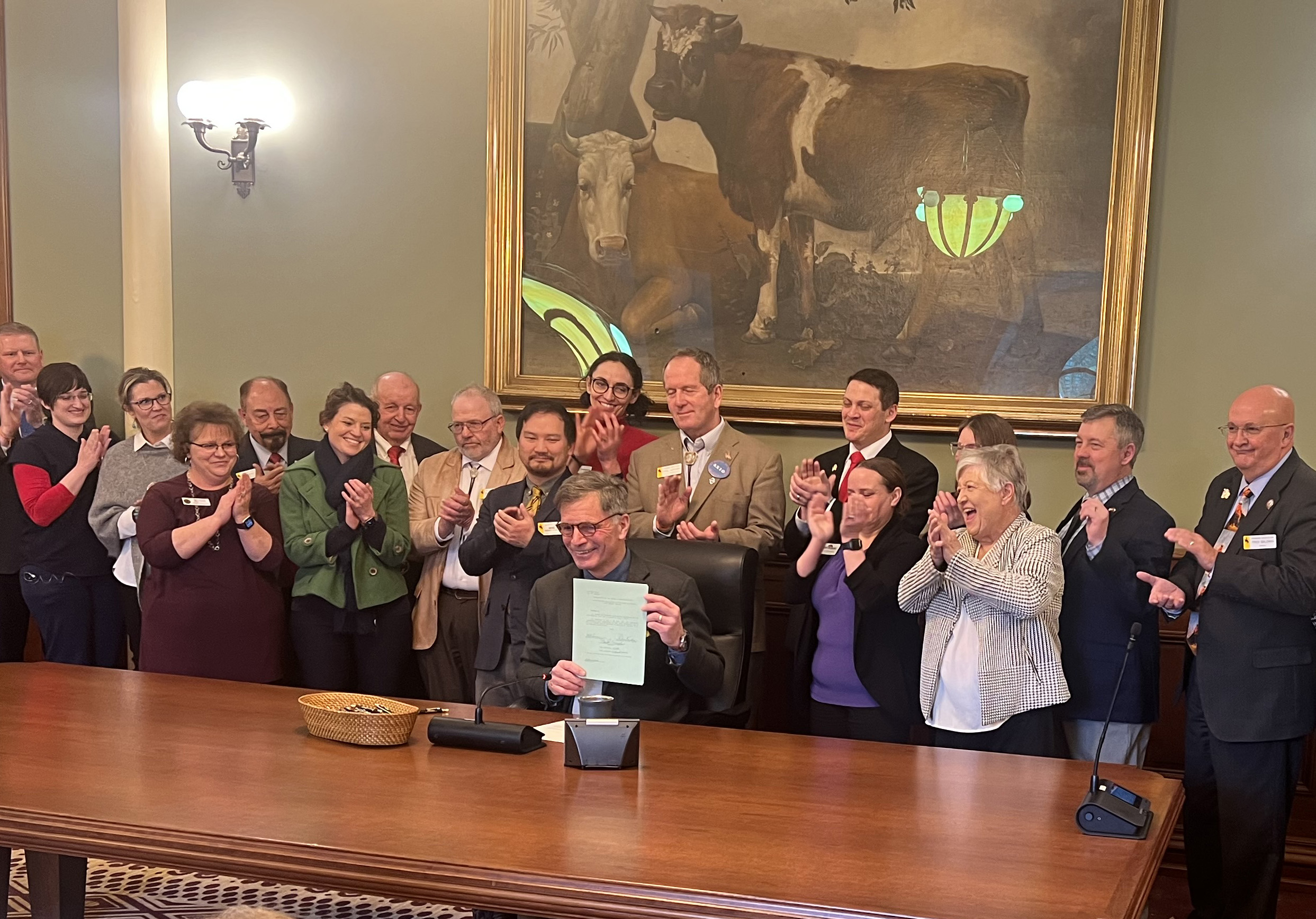REPORT: Wyoming’s physician shortage is a serious concern
Better Wyoming conducted a research campaign over five months in 2023 to identify what people think are the most pressing issues when it comes to healthcare in our state.
We summarized the results in our 2023 healthcare campaign report, and in a four-part series of articles we will explore each topic in depth.
++
Few people who live in Wyoming are lucky enough to have never traveled somewhere else to see a doctor.
That’s because we all face the simple fact that, too often, there is no one in our local community who can provide us the medical help we need.
During Better Wyoming’s recent campaign to research issues related to healthcare in the state, one Cheyenne resident summed up a feeling that many shared: “Everybody knows that Wyoming is a rural state, and so we can’t expect to have every kind of specialist. But we should be able to expect better than what we’ve got.”
Of the nearly 450 people who completed Better Wyoming’s healthcare survey, one-third said a lack of quality providers and/or specialists is their community’s most pressing healthcare issue.
“Wyoming is an unusual environment. Miles between towns, few providers and caregivers, it’s hard to get them to come here. People cowboy up and often delay treatment.”
Almost as many, 28 percent, said their family’s chief healthcare concern is “the lack of doctors who can address my/our specific needs.”
“Wyoming is an unusual environment,” said one survey responder. “Miles between towns, few providers and caregivers, it’s hard to get them to come here. People cowboy up and often delay treatment.”
Kevin Bohnenblust, executive director of the Wyoming Board of Medicine, told Better Wyoming that the state has essentially the same number of in-state licensed physicians now as when he started 16 years ago—about 1,400
He noted that the number of out-of-state physicians who can practice telehealth here has grown considerably, but they offer limited services.

The State Physician Workforce Data Report from the Association of American Medical Colleges shows that, nationally, there are 283.3 physicians per 100,000 people in the United States.
Wyoming has 211.6, the fourth fewest among states.
Wyoming also has the 10th oldest physician workforce in the U.S., and it has the third lowest proportion of female physicians nationally.
“Wyoming is facing a medical crisis, with its citizens unable to schedule an appointment with a primary care physician in a timely manner,” said Dr. Harmon Davis, a retired Cheyenne pulmonologist.
Davis said currently there are 96 physician openings in Wyoming, including 36 for primary care.
“These break down to 19 openings for family practitioners, 10 openings for internists, and seven openings for pediatricians,” he said. “These positions are not going to be easy to fill, as it is a physicians’ market.”
Recruiting Doctors to Wyo. Is a ‘Tough Sell’
Wyoming can be a tough sell to doctors looking to relocate, particularly specialists, because most seek out states with large population centers.
Starting or taking over a small-town practice is expensive and time-consuming for younger, millennial physicians.
“As far as getting docs to hang a shingle out in Wyoming, that’s pretty tough,” Bohnenblust, the Wyoming Medical Board director, said.
Davis said about 96 percent of physicians who have completed their residencies opt to work at hospitals.
“My facilities are having to pay in the 95th percentile. It makes it almost impossible for us to be competitive and for us to recruit, especially family practice physicians in these rural areas where they’re needed most.”
But Wyoming hospitals also have a difficult time recruiting physicians.
“My facilities are having to pay, in some cases, the 95th percentile for salaries, with sign-on bonuses and really lucrative living expense packages,” said Wyoming Hospital Association President Eric Boley. “It makes it almost impossible for us to be competitive and for us to recruit, especially family practice physicians in these rural areas where they’re needed most.”
WHA Vice President Josh Hannes added if a specialist in a particular field doesn’t want to be on call 24/7, two are needed per hospital. “But you may only have the volume [of patients] for one,” he said.
Communities compete for physicians, and pay is a major obstacle to recruiting. They can make up to twice as much in large cities as they can in rural areas.
Rural provider solutions
The shortage of healthcare providers in Wyoming is not new, and the issue is not one that our state faces alone.
Wyoming lawmakers are also not powerless to confront what many voters believe is a major problem.
In the late 1970s, the Wyoming Legislature took a stab at laying the foundation for a more robust medical community by attempting to create a medical school at the University of Wyoming.
The House passed the measure, but the Senate deadlocked at 15-15. The idea has never been proposed again.

In 1996, the Legislature made its most successful effort to secure more physicians for the state by signing the University of Wyoming up for the WWAMI program, which aims to fill physician shortages in rural areas.
The multi-state medical program was established in 1971 with students from Alaska, Idaho, and Montana being trained at the University of Washington School of Medicine. Wyoming was the last state to join.
Students who participate in WWAMI have their tuition and fees forgiven by their home state in exchange for agreeing to practice there for three years after they graduate.
A total of 298 Wyoming residents have earned their medical degrees from WWAMI since 1997. Roughly 44 percent of those—131 doctors in all—have chosen to return to Wyoming to practice.
In 2009, the Legislature created the Wyoming Provider Recruitment Grant Program, which provides up to $50,000 for a hospital, clinic, or community organization to help recruit medical professionals.
In its first decade, the program helped recruit more than a dozen physicians, psychiatrists, registered nurses and other health professionals. But applications have declined, in part because entities must pay the money up front and then get reimbursed.
In 2021, a bill was drafted by the Legislature’s Joint Appropriations Committee to repeal the program altogether, but it was not introduced for consideration.
This year, the Wyoming Department of Workforce Services is taking a new stab at developing the state’s medical community with a grant program to educate more new nurses. The state has faced a nursing shortage in recent years.
Under the WyHealth Train Grant program, newly enrolled Wyoming nursing students are eligible to receive up to $10,000 to put toward their education.
Increasing the number of nurses is an approach other states have taken to address their shortage of rural healthcare providers.
Trained nurses can offer many of the services physicians provide, but becoming a nurse requires far less schooling and they are less expensive for healthcare facilities.
According to the National Congress of State Legislators, certified Nurse Practitioners are more likely to work in underserved communities such as rural areas, and far more nursing students graduate each year from primary care programs than medical students who graduate to become primary care physicians.
Nevertheless, nurses cannot do everything a doctor can do, and lawmakers and stakeholders will need to continue to chip away at the lack of healthcare providers in the state that so many Wyoming residents experience as a serious problem.






